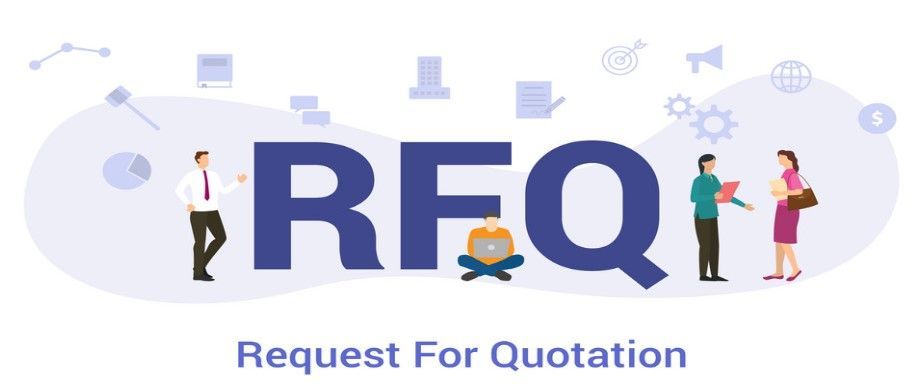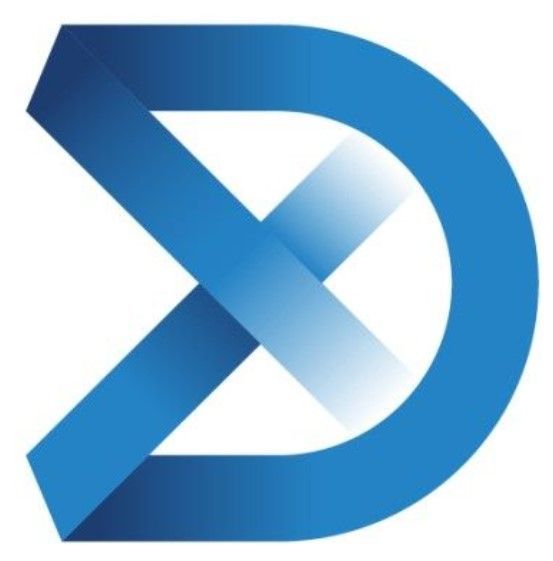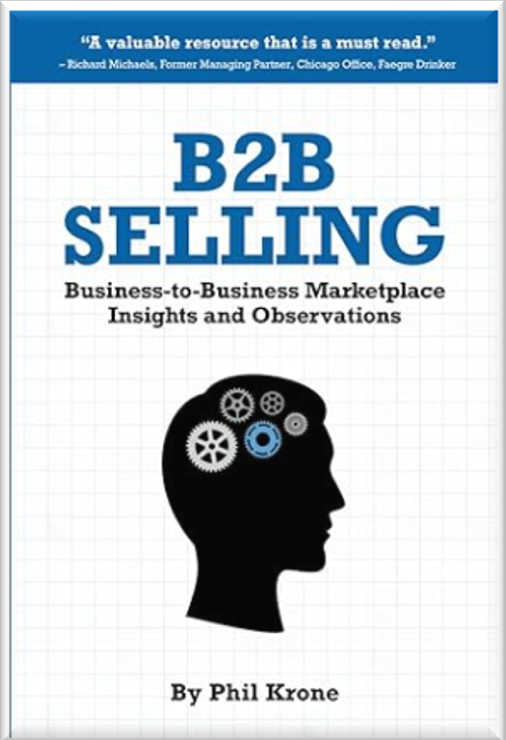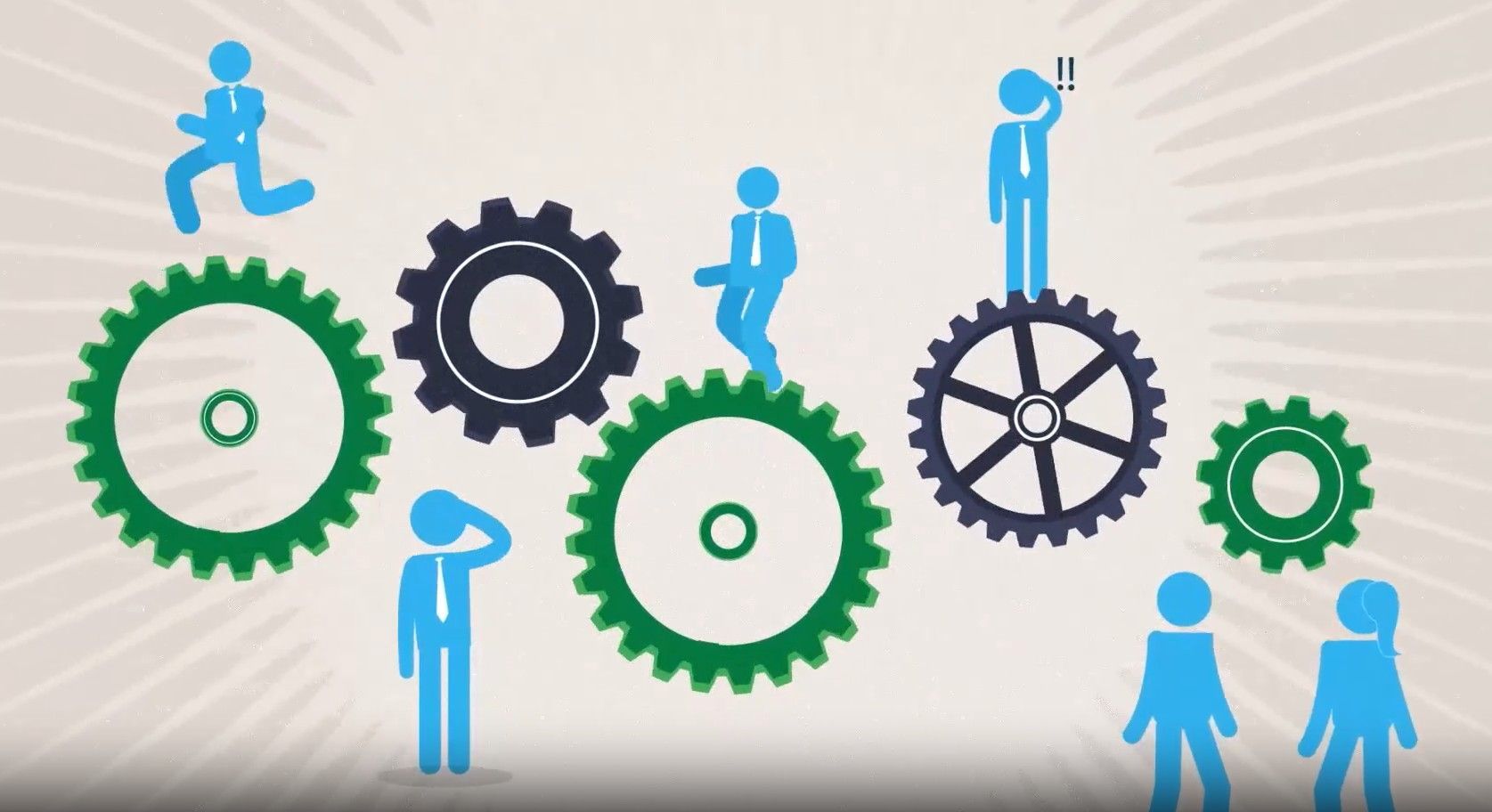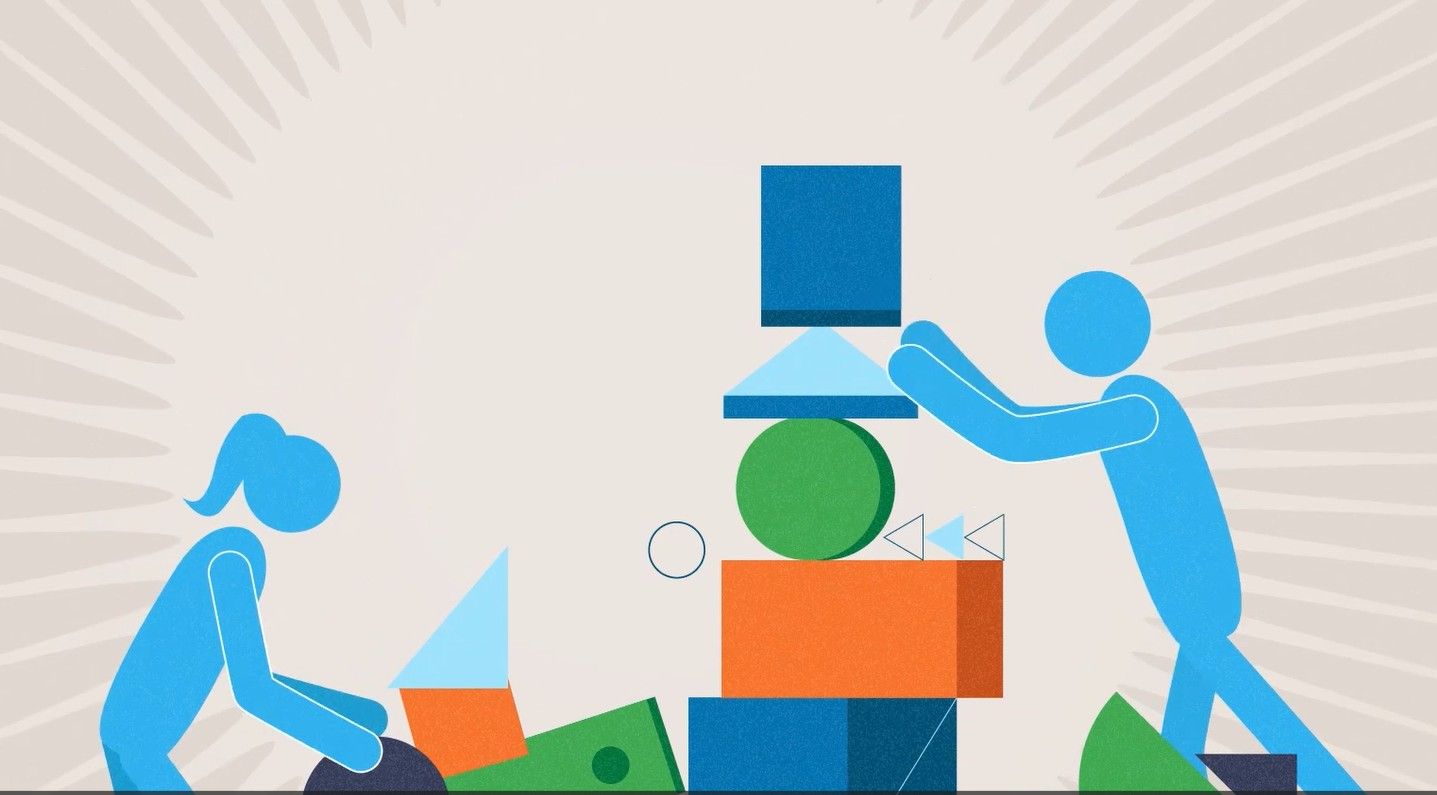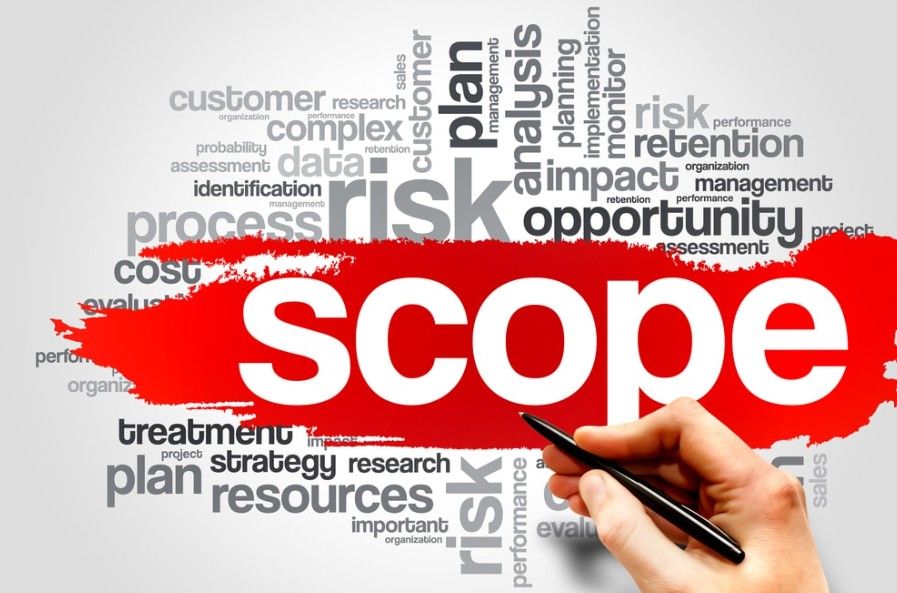Ask Yourself:
B2B Selling vs. B2G Selling: What’s the difference?
August 14, 2025
Are you selling business to business or business to government or both? There are similarities but also differences that need to be recognized to optimize your results.
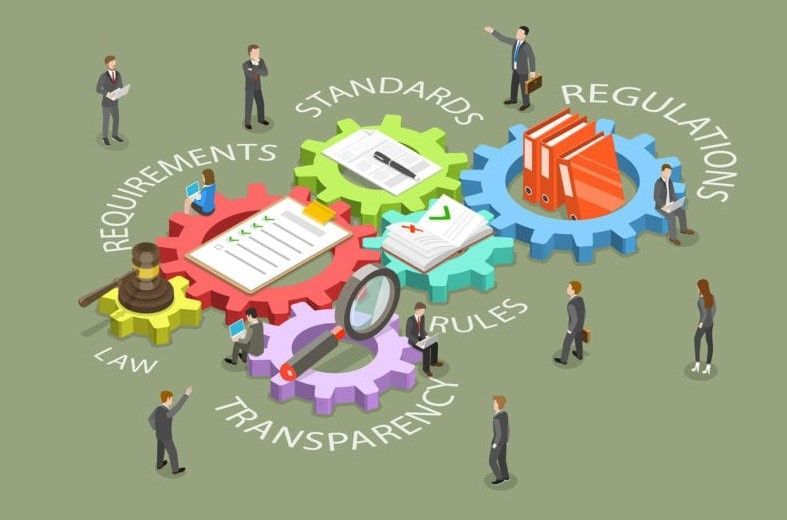
Readers of this column know how difficult it is to make a major business-to-business, or B2B, sale. Sales cycles are long, there are multiple decision-makers, competition is fierce, buyers attempt to commoditize your offering, and there is a lot of price pressure.
Business-to-business sellers must create value within the sales process as a way to clearly differentiate themselves from competitors.
Those of you who also sell business-to-government, or B2G, know that this niche can be even more difficult.
In addition to all the challenges of B2B selling, other obstacles you face are politics and multiple overlapping procurement decision-makers who tend to be even more risk averse than their counterparts in the business world.
I have been on client calls with government buyers a few years from retiring who are not about to take any risk that could
disrupt their current employment—even when a superior solution offers potential savings.
What also makes B2G selling more difficult is that many procurement officers won’t allow discovery to take place or to entertain suggestions for changes to the specifications that might be valuable to the government.
In business, if a manufacturer receives an inquiry to make a part he might go back to the buyer and suggest ways to drive down cost: thin the wall sections, eliminate a part of a subassembly, make design suggestions to speed up the assembly process.
In business situations the buyer will often protect those ideas so the manufacturer is the only one quoting to the new desired specifications—in effect, rewriting the original request-for- proposal (RFP) specifications.
In government when buyers do accept suggestions they often
open up the bidding again with revised specifications. That allows all bidders to requote to the revised RFP. We talk about the strategy of short-circuiting, or sabotaging, the RFP process in our book, B2B Selling: Business-to-Business Marketplace Insights and Observations.
- Do you respond to inquiries and RFPs simply by submitting prices?
- When you suggest alternative specifications do you ask that the buyer protect your intellectual property and not share your creative ideas with competitors?
We have all heard that government programs often buy from the lowest bidder. One thing I learned from supplying parts to Tier One government contractors is that if you have persuaded the prospect that you are who they want to buy from, they will find a way to make it happen.
One time a quality control representative disqualified a low-cost producer we were bidding against.
Whether you’re selling B2B or B2G your sales process must be strong enough to persuade the buyer that you’re the source that will give them the greatest value over the life of the program.
You probably can’t provide that kind of value by quoting the lowest price.
Ask Yourself:
- Is your current sales process educational but fails to be persuasive so that the buyer finds ways to disqualify other bidders?
These two authors were asked by Ash Carter, Secretary of Defense under President Obama, to open a Department of Defense procurement office in Silicon Valley.
Secretary Carter’s objectives were to enable the Pentagon’s procurement process to apply or adapt some of the procurement capabilities of Silicon Valley.
A secondary purpose was to integrate leading technology from the commercial sector into solutions our troops could use to gain leverage in battle.
The book is fascinating, especially in explaining how the latest technology is already changing the way wars are fought.
Even more interesting is following all of the difficulties the authors
faced in persuading the Pentagon to change its ways.
Imagine the sales challenges when the Secretary of Defense accepts your initiative with a $13 million dollar budget approval and days later a Congressional staffer removes your funding from the current funding bill.
This type of interference makes B2G much more complex than B2B, in part because the obstacles might have little or nothing to do with price or value.
The book is also entertaining. One of the authors recounts flying his F16 over the border of Iraq and Iran without knowing where it was.
Today’s map technology was not then available to F16 pilots. How he crafted his own solution to the problem makes the book not only educational but highly entertaining.




